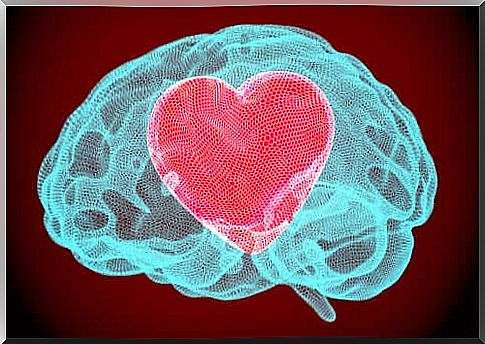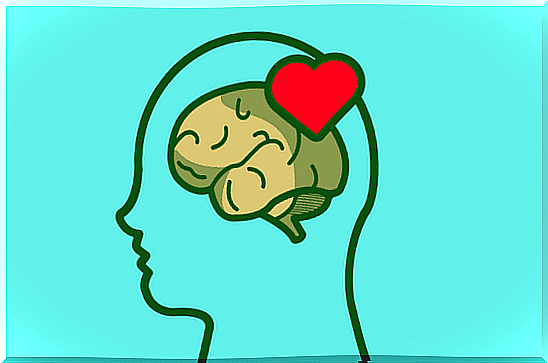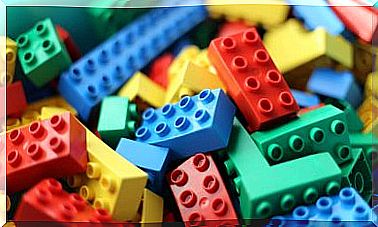Emotional Self-regulation: Others Show Only The Location Of Your Wound

Nobody is free if he doesn’t own himself. In order to be our own owners, emotional self-regulation becomes a very important factor. Epithet already said these words 2000 years ago, and it is difficult to understand why, until 1995, the year in which Daniel Goleman’s Emotional Intelligence work , this subject was not treated with the relevance it deserved in Psychology.
Contemporary neuroscience has highlighted the importance of the amygdala in preparing an anxious and impulsive reaction. Another part of the brain takes care of elaborating a more adequate response (Goleman, 1996, p. 50-53). Therefore, it is possible to train the regulation of emotional responses.
According to Goleman (1996, p. 61), the need to train our emotions can help us to:
- Improve our ability to motivate ourselves;
- Persevere in commitment despite possible frustrations;
- Controlling impulses (emotions have four ways of manifesting themselves: at the bodily, cognitive, emotional and impulse levels);
- Defer bonuses;
- Regulate our own moods;
- Prevent anguish from interfering with our reasoning abilities;
- Improve the ability to empathize and trust others.

The evolutionary cause and the need for training in emotional self-regulation
The evolutionary importance of providing a quick response that allows us to gain a few critical milliseconds in the face of dangerous situations must have been critical for our ancestors. This configuration has been imprinted on the brains of all proto-mammals, including humans.
The rudimentary smaller brain of mammals is the main one, it is a brain that allows a very quick emotional response. However, although quick, it is also a very rude response.
The cells involved in this process allow only rapid but also imprecise processing, and these rudimentary emotional confusions – based on feeling before thinking – are precognitive emotions (Goleman, 1996).
This poses a problem: the amygdala frequently misses. It receives information in a single neuron in the eye and ear about what we see and hear (at high speed in brain terms), and only a small fraction of the signals collected by these organs reach it. The vast majority go to other parts of the brain that take longer to analyze information and read more accurately (Goleman, 2015).
Self-regulation and socio-emotional learning
All skills of emotional intelligence are developed with life learning, from childhood. Socio-emotional learning programs are designed to provide children with the lessons they need as their brains grow. Therefore, they are adapted to development (Goleman, 2015).
The brain is the last organ in the body to reach anatomical maturity. If we observe the changes produced annually in the way children think, behave and react, in the stages of child development, we will be witnesses to their brain development.
Activation of the hypothalamic-pituitary-adrenal axis interferes with cognitive efficiency and learning. If a person is focused on worry, anger, anguish, anxiety, or any other emotion that has a high degree of stress, he will have a lower capacity for attention to what is said to him. Emotional self-regulation helps to identify these processes and adjust them to the person’s context.
On the other hand, if emotional setbacks can be controlled, working memory will increase. In other words, the attention span to store information will grow. Socio-emotional learning teaches how to manage harmful feelings, which ends up favoring learning.

How to keep emotional learning?
Emotional self-regulation helps adjust emotional setbacks. If we manage to persevere in these learnings, the new circuits will connect and gain more and more strength, until one day the person will do what he has to do and how he has to do it without thinking twice.
At that point, the circuits will be so wired and will be so powerful that the brain will automatically activate them. When this change happens, the corrected habit will become the usual one (Goleman, 2015).
Of course, an adult can apply the same skill set in their work environment to perform better. It is never too late to improve our skills in the field of emotional self-regulation.









